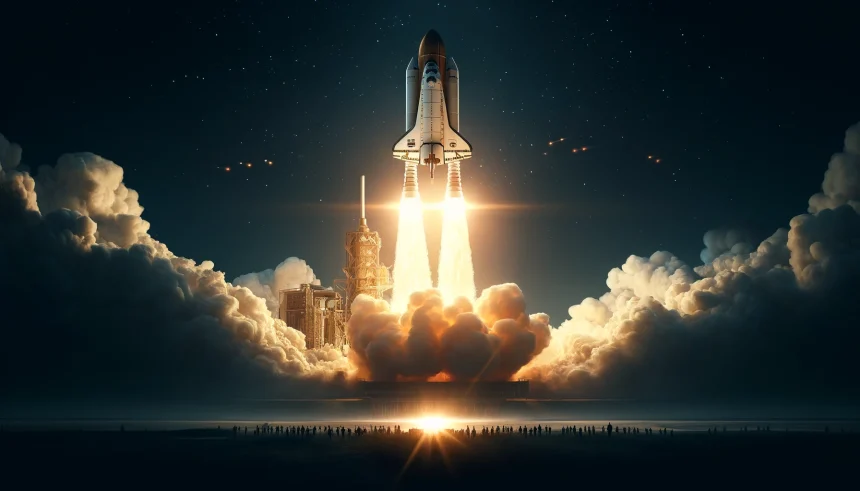Stanford University researchers are pioneering the development of a novel robotic explorer named ReachBot. Designed to navigate the challenging terrains of caves and lava tubes on the Moon and Mars, this innovation aims to expand human and robotic exploration capabilities. The study, featured in Science Robotics, explores how ReachBot’s unique mechanical design can tackle previously inaccessible planetary environments.
The concept of ReachBot has evolved through several studies. A 2021 study explored its potential use in Martian lava tubes, followed by prototype testing in 2022. Improvements continued throughout the same year, refining its capabilities. Recent field tests in the Lavic Lake volcanic field, simulating Martian conditions, assessed ReachBot’s ability to predict and adapt to rocky surfaces using advanced grippers and maneuvering algorithms.
Innovative Design for Challenging Terrains
ReachBot’s elongated appendages, equipped with pivoting wrists and grippers, allow it to maneuver through tight and wide spaces within caves. Algorithms guide its movements, enabling it to adapt its body to various terrains. These capabilities were tested extensively in the Mojave Desert’s lava tubes, which serve as an analog environment for Martian conditions.
Implications for Lunar Missions
The potential for ReachBot’s deployment extends to lunar exploration. Lava tubes on the Moon, identified in recent studies, could offer protection from harmful space radiation and serve as habitats for future astronauts. ReachBot can gather critical data and assist in construction tasks within these environments, enhancing the feasibility of long-term lunar missions.
Dr. Tony Chen explains, “ReachBot started as a NASA NIAC project to develop technologies for exploring lava tubes that could provide scientific discoveries.”
The ongoing Artemis Program by NASA aims to return humans to the Moon, with missions scheduled for 2025 and 2026. While lava tubes are not a primary focus, ReachBot’s capabilities could be integrated into future lunar missions, contributing to the exploration and utilization of these natural structures.
Further technological advancements are essential for ReachBot’s deployment. These include developing retractable space booms and refining the full system prototype. Continued testing in relevant environments will push the project forward.
“There are many other technological developments needed in this project to push it forward,” Dr. Chen notes. “These include further development of retractable space booms and full system prototypes.”
The study demonstrates the potential for robotic explorers like ReachBot to revolutionize planetary exploration. By enabling the navigation of previously inaccessible terrains, these robots could significantly enhance scientific discoveries and the feasibility of long-term human missions on the Moon and Mars.










